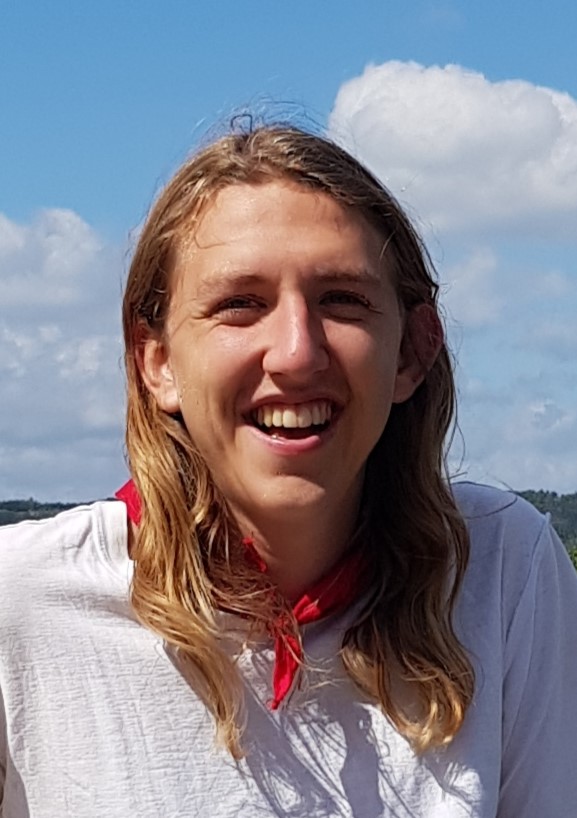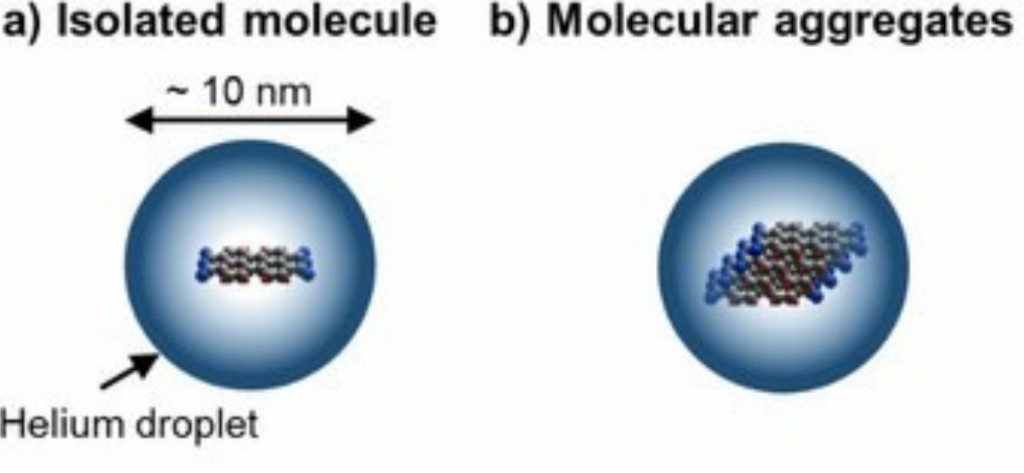
University of Freiburg
Institute of Physics
Experimental Atomic and Molecular Physics
brendan.wouterlood(at)physik.uni-freiburg.de
Time-Resolved Photoelectron and Photoion Spectroscopy of Isolated Organic Molecular Complexes
Helium nanodroplets (HeND) provide a cold and non-perturbing environment to study single atoms, molecules and complexes thereof [1]. Combining this with femtosecond (fs) time-resolved photoelectron spectroscopy, ultrafast excitation dynamics such as energy transfer between individual dopant molecules can be investigated. This is especially relevant to molecules that can be used for organic solar cells, such as polycyclic aromatic hydrocarbons (PAHs), as ultra-fast processes including singlet fission can be utilised to boost the efficiency of solar cells [2].
Additionally, using an electron imaging spectrometer allows us to not only measure the energy but also the angular distribution of the emitted photoelectrons. This gives more detailed insights into the state of the emitted photoelectron but also enables the detection of photoelectron circular dichroism (PECD). PECD is an intense chiroptical effect producing an asymmetry in the angular distribution of photoelectrons emitted from a chiral species upon ionisation by circularly polarised light [3]. Through the formation of molecular complexes, how chiral effects, such as chiral recognition between molecules, evolve from single molecules to larger clusters can be studied.


References:
[1] J. P. Toennies, A. F. Vilesov Angew . Chem. Int. Ed. (2004), 43, 2622-2648
[2] M. Einzinger et al., Nature 571, 90 (2019)
[3] M. Janssen, I. Powis Phys. Chem. Chem. Phys., (2014),16, 856-871
Supervisor: Frank Stienkemeier



